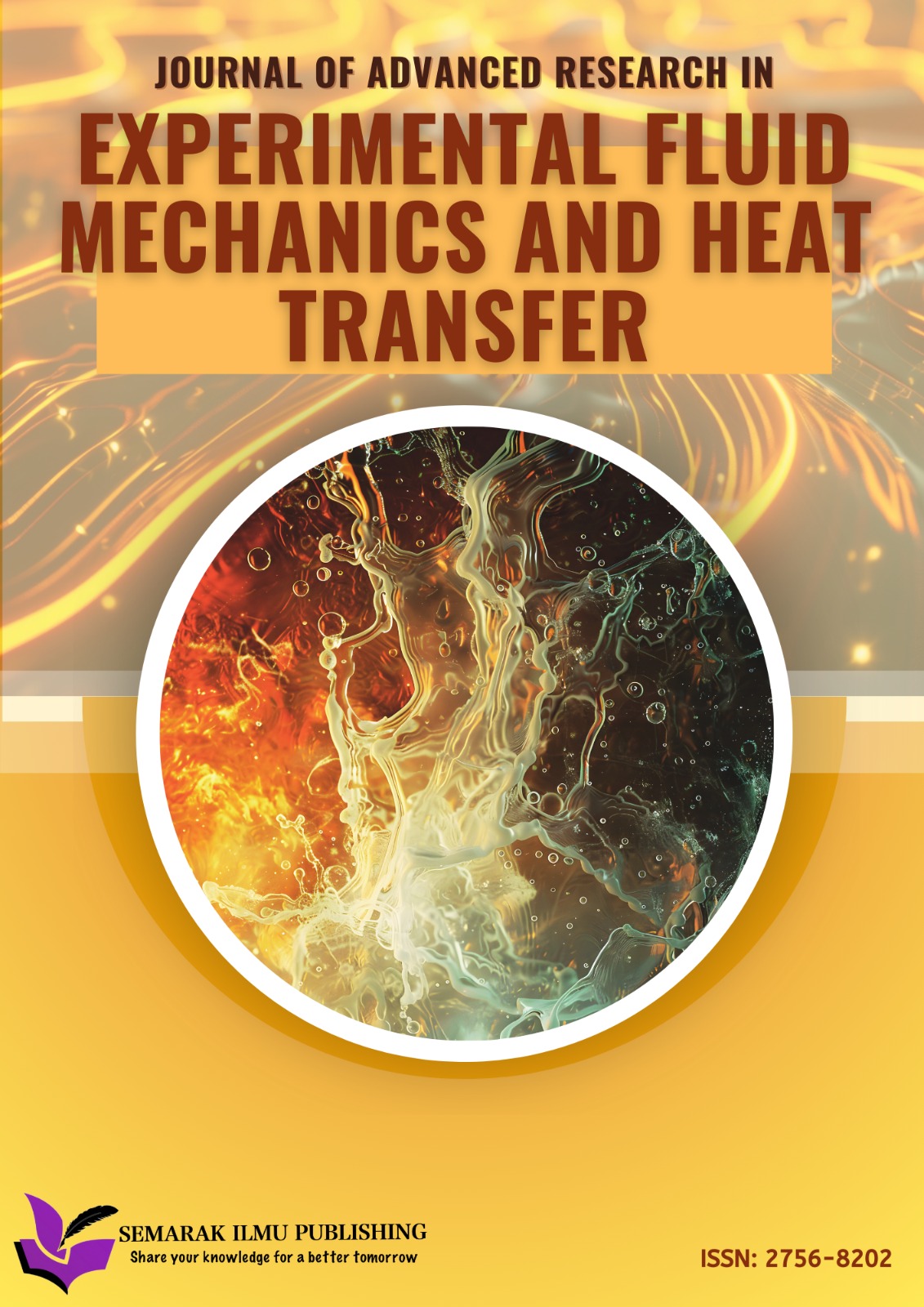Investigation on Water Quality for Farmed Aquatic Species by IoT Monitoring System
DOI:
https://doi.org/10.37934/araset.31.3.317327Keywords:
IoT water quality, Blynk, ESP32, real-time monitoringAbstract
The objective of this research is to optimize fish growth in super-intensive aquaculture systems by addressing water quality issues. Changes in water parameters can significantly impact fish growth and even lead to mortality. To overcome this problem, real-time monitoring of water quality parameters is crucial, and the data should be automatically transmitted to the entrepreneur through the Internet of Things (IoT). This allows the owner to access real-time data remotely, eliminating the need to be physically present at the fish cage. By monitoring the data on a smartphone, the owner can efficiently manage the water quality. In this study, a water quality monitoring system utilizing temperature, pH, and ESP32, with the parameter values displayed on the Blynk platform was developed. The system successfully measures real-time water conditions and transmits the data to the Blynk application. The test results demonstrate the system's capability to receive and send data, but further analysis is needed to evaluate the accuracy and reliability of the measurements and identify any noteworthy findings.
Downloads


























